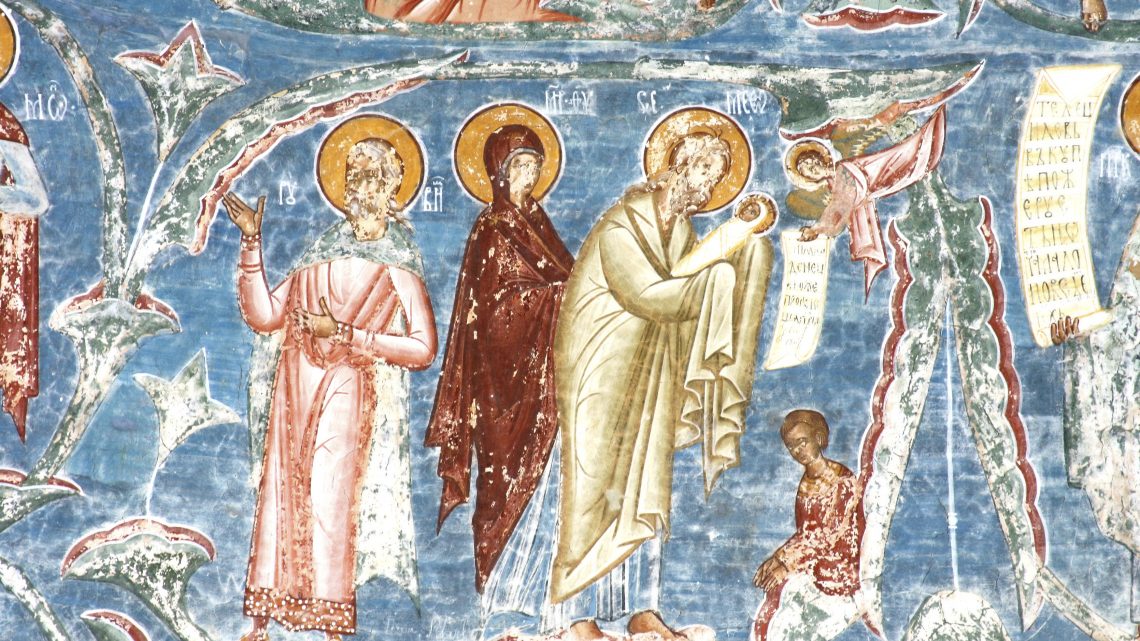Historical research shows that roughly every 500 years there is a deconstruction of the established structures of institutionalized Christianity. Though the word ‘deconstruction’ is typically thought of as negative, in this case it brings about a very positive reconstruction of renewal and growth. A simplified timeline would look like this: Pentecost (33 AD) > Gregory the Great and Monasticism (600 AD) > the Great Schism (1000 AD) > the Reformation (1500 AD) > today. After each of these events a more vital form of Christianity emerged, brand-new expressions of faith were found, and an exponential increase in the range and depth of Christianity occurred.
We are now at the next 500-year mark.
Is Adventism ready for a new shift in church culture? Are we even aware of such a shift? Are we prepared to engage, encourage, and equip millennials, and the generations coming after, to follow Christ when they might not “do church” in the typical way? For those who grew up in our denomination or those without a denomination, what do we have to offer them that is creative and authentic?
Chances are most Adventists haven’t given more than a cursory glance to the concept of spiritual emergence or a great awakening. However, if we look past the forms and expressions too often labeled as shallow feeling-based faith, or “new age,” we can find in many people a longing and hunger for God that is not satisfied with pat answers and once a week church attendance.
This emergence is marked by several characteristics. Here are but a few:
1) There is a renewed desire for the spiritual: a Jesus-centered rather than ritual-centered experience.
2) There is an emphasis on authentic community and belonging that lessens the need for institutional structures where people can be lost in the crowd. Our current model of membership is believe what we believe, then behave like we do, then you will belong to our group; or Believe + Behave = Belong. Contrast that with an emerging alternative:
Belong + Behave = Believe.
3) Another characteristic is an emphasis of faith above morality; wanting to be known by what we do rather than what we don’t do.
How will we respond?
Do we hold fast to what we have always done and known, or do we take advantage of the opportunities to become a spiritual home for those searching for a significant faith inside and outside our churches? Will we relax our grip on the way we’ve always done it and evangelistically adapt, preparing to embrace those searching for God in community?
I’m not suggesting abandoning our belief system, but rather allowing new ways of expressing those beliefs. Our churches can become safe places for doubt and failure. We, as the church, can rely more on grace than on fear as a motivating factor to follow God. Image management can be replaced by reconciliation, concerning ourselves less with doing the job of the Holy Spirit and more with loving and accepting. We, as the church, can be peculiar by abandoning the American dream of a good school for a good job for a good life, and allowing Jesus to “ruin” our lives for His kingdom. We, as the church, can expand our view of the end times and re-creation to include God’s kingdom starting and being enjoyed now. We, as the church, can separate our specific Adventist culture from our biblical beliefs and allow cultural peculiarities to become less important.
I present all this as an opening to a conversation we, the church, need to have.
My fear is that if we don’t stretch ourselves outside our sub-culture and tradition we will miss many opportunities. How we operate as a body has changed little in the last 75 years. I believe Western Seventh-day Adventism is losing its young people because it is failing to see the need to engage them in new and creative ways. The majority of church growth in North America is simply baptizing our own kids, which is good but not a fulfillment of the great commission. With the retirement of the boomer generation comes a massive leadership vacuum. Why are we allowing large portions of an energetic and passionate generation to slip away untapped? Furthermore, by not adapting I believe we will fail to effectively minister God’s love to a world desperately in need of it.
Change is uncomfortable and even scary.
But it is necessary for growth.
The coming years can be years of renovation and refreshment, exciting times of God’s Spirit moving in and outside the Adventist church.
Will we as the church continue to look the same? Probably not, but I hope that will be because we will look more and more like Jesus as He grows and expands His body.
I hope we are ready for Church: Next.
Author Shayne Daughenbaugh, at the time of this writing, was a youth pastor for College View Seventh-day Adventist Church in Lincoln, Nebraska. He has since branched out, retaining Adventist beliefs and values at the heart of his ministry, to build community through the Simple Church movement.
Resources for further study
Kinnaman, D., & Hawkins, A. (2011). You lost me: Why young Christians are leaving church– and rethinking faith. Grand Rapids, Mich.: Baker Books.
Nyquist, Carson & Paul. (2013). The post-church Christian. Chicago, IL.: Moody Publishers.
Tickle, Phyllis. The great emergence. (2008) Grand Rapids, MI: Baker Books
https://www.ministrymagazine.org/archive/2014/05/engaging-adventist-millennials









